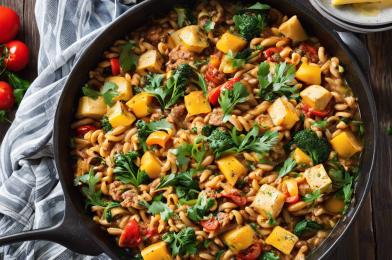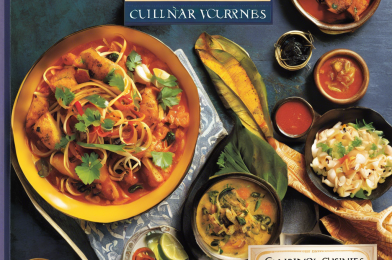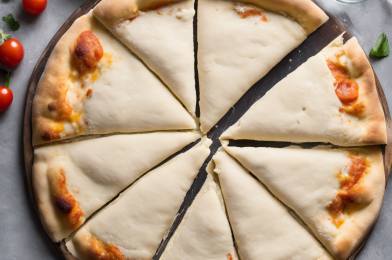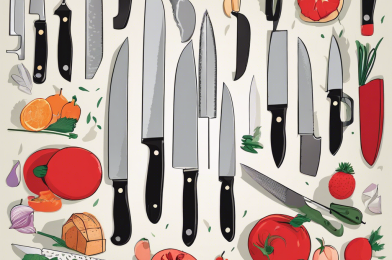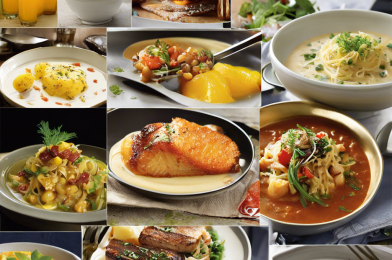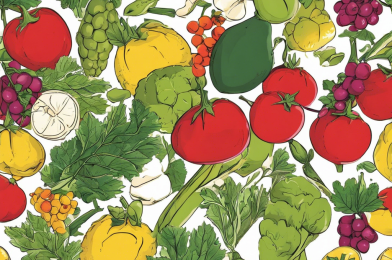Weeknights can be hectic, and the last thing you want to do is spend hours in the kitchen preparing a complicated meal. That’s why one-pot dishes are a busy cook’s best friend. With minimal prep and even less cleanup, these recipes will leave you with more time to relax and unwind after a long day. Here are ten delicious and easy one-pot meals to try:
## 1. Hearty Vegetable and Bean Chili
Chili is a classic one-pot meal that’s perfect for Meatless Monday or any night of the week. Packed with beans, vegetables, and spices, it’s a hearty and healthy option that will leave you satisfied. Try adding a variety of beans, such as kidney, pinto, and black beans, and load up on veggies like bell peppers, onions, and mushrooms. Serve it with your favorite toppings, such as avocado, cilantro, and a dollop of sour cream.
## 2. Creamy Tomato Basil Pasta
This dish is a quick and easy weeknight dinner option that the whole family will love. Simply sauté garlic and fresh basil in olive oil, then add crushed tomatoes and heavy cream. Toss with your favorite pasta for a creamy and delicious meal. For a lighter version, substitute milk and flour for the heavy cream, or opt for a dairy-free alternative.
## 3. Chicken and Rice Bowl
Chicken and rice is a classic comfort food and a one-pot wonder. Simply sauté chicken breasts or thighs with onions and garlic, then add rice and chicken broth. Bring to a boil and simmer until the rice is tender and the chicken is cooked through. For extra flavor, add spices like paprika, cumin, and oregano, and top with fresh herbs and a squeeze of lemon juice.
## 4. Lentil and Vegetable Curry
This vegan-friendly dish is packed with protein and flavor. Sauté onions, garlic, and ginger, then add your favorite vegetables, such as potatoes, carrots, and cauliflower. Toss in some lentils and coat everything with your favorite curry powder and coconut milk. Serve it over rice for a complete meal.
## 5. Beef and Broccoli Stir-Fry
Stir-fries are a great way to get a healthy and delicious meal on the table in no time. Simply cook beef strips in a wok or large skillet with broccoli florets and your choice of stir-fry vegetables. For the sauce, mix together soy sauce, honey, and garlic, and thicken with a bit of cornstarch. Serve over rice or noodles.
## 6. One-Pot Lasagna
Lasagna in one pot may sound too good to be true, but it’s a game-changer for busy weeknights. Brown your ground beef or sausage in a large pot, then add garlic, crushed tomatoes, and Italian seasoning. Stir in broken lasagna noodles and enough broth to cover, then simmer until the noodles are tender. Finish it off with layers of ricotta and mozzarella cheese.
## 7. Chicken and Wild Rice Soup
Cozy up to a bowl of this comforting soup that’s made even better in one pot. Sauté chicken, onions, and celery, then add wild rice and chicken broth. Simmer until the rice is tender, then stir in cream and your favorite herbs. It’s a hug in a bowl and the perfect antidote to a busy day.
## 8. Shrimp Scampi with Linguini
This classic Italian dish is easy to make and always impressive. Sauté garlic and red pepper flakes in olive oil, then add shrimp and white wine. Toss with linguini and fresh lemon juice, and top with parsley and Parmesan cheese. It’s a quick and elegant meal that’s perfect for a busy night.
## 9. Veggie-Loaded Minestrone
Minestrone is a hearty and healthy soup that’s perfect for using up whatever vegetables you have on hand. Sauté onions, garlic, and carrots, then add beans, diced tomatoes, and zucchini. Toss in small shell pasta and season with Italian herbs. It’s a flavorful and satisfying meal that can be made in just one pot.
## 10. One-Pot Mexican Quinoa
This flavorful dish is a complete meal in itself, packed with protein, veggies, and quinoa. Sauté onions, bell peppers, and garlic, then add quinoa, black beans, corn, and spices like chili powder and cumin. Simmer in vegetable broth until the quinoa is tender, and top with avocado, cilantro, and a squeeze of lime juice.
There you have it – ten delicious and easy one-pot meals to simplify your weeknights. With minimal cleanup and maximum flavor, these recipes are sure to become weeknight staples. Happy cooking!
